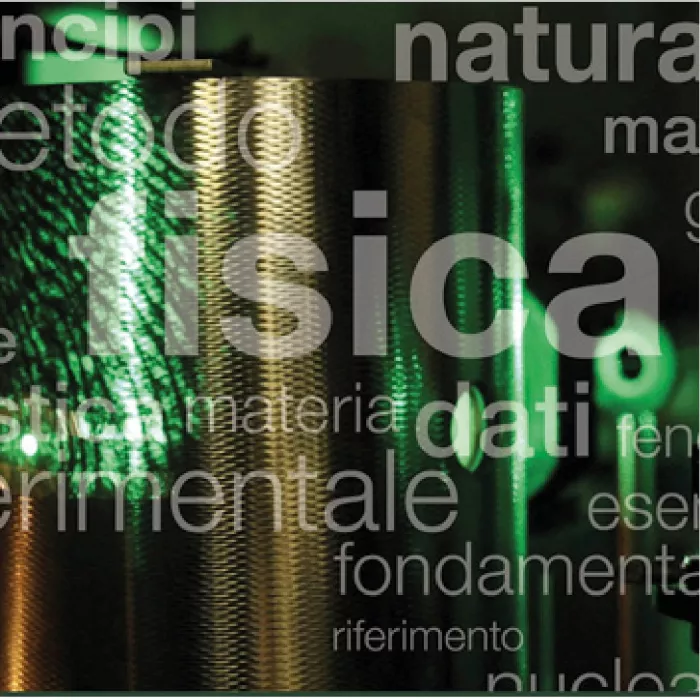
From Active Thermodynamics to Self-Wrapping in chiral active polymers

The seminar series A Quantum of Matter aims to provide an opportunity to meet and discuss with researchers, PhD students and students in physics of matter in all its forms: from condensed matter to biophysics, from the most experimental approaches to theoretical and computational ones.
- research
Abstract
Many biological and chemical systems - from the helical structure of DNA and twisted protein filaments to rotating bacterial flagella and granular spinners - exploit microscopic chirality to generate motion, regulate shape, or achieve controlled encapsulation. Chiral active matter provides a minimal physical framework for understanding such behavior, describing self-driven units that follow circular or helical trajectories and thus break both parity and time-reversal symmetry at the microscopic scale. Here, we first develop and experimentally verify key elements of the active thermodynamics of an ideal chiral active gas, deriving an equation of state that links a chirality-dependent effective temperature to the mechanical pressure. This framework also predicts odd diffusivity and edge currents at confining boundaries as distinctive signatures of chiral activity. Building on these single-particle principles, we address the role of body deformability by investigating a chiral active polymer assembled from rotating active granular monomers. Experiments and simulations reveal a spontaneous folding–unfolding transition - absent in passive polymers - driven by a self-wrapping mechanism that induces dynamic collapse without attractive interactions. Together, these results connect the thermodynamic behavior of chiral active particles to the emergent structural dynamics of chiral active polymers, offering a unified perspective on how microscopic chirality can generate complex large-scale functionality in both natural and synthetic systems.
Who is Lorenzo Caprini ?
Lorenzo Caprini is a tenure-track researcher in the Department of Physics at Sapienza University of Rome. His work focuses on soft matter and non-equilibrium statistical mechanics, especially, active matter, granular materials, and stochastic thermodynamics. He earned his PhD from the Gran Sasso Science Institute in December 2019 and has since developed expertise in numerical simulations (such as molecular dynamics and stochastic integration) and theoretical tools like stochastic differential equations, path-integral methods and hydrodynamic theories.
A Quantum of Matter
“A Quantum of Matter” is an event dedicated to research in Physics of Matter carried out in our Department. The aim of “A Quantum of Matter” is to develop synergies and collaborations between groups. For this reason, the seminars will focus not only on the results obtained, but also on the techniques used and possible topics that could be developed in collaboration, leaving ample room for discussion and debate.